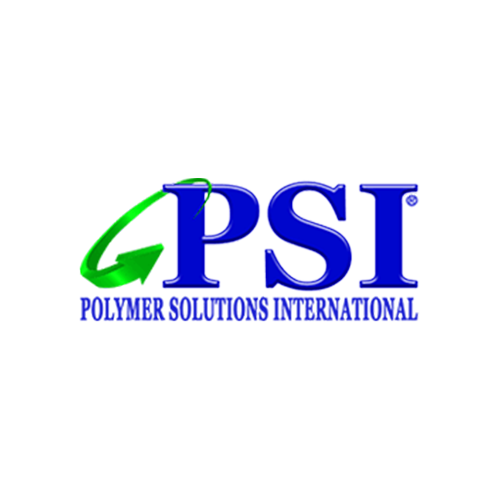Bottled water is everywhere — take a trip to your local grocery or convenience store, and you’ll likely find dozens of varieties from different manufacturers and sources. In fact, bottled water is now more popular (by volume) than carbonated soft drinks — the average American will drink 39.3 gallons of it per year.
We like to think of bottled water as a safe, healthy and convenient choice. But have you ever wondered how strictly regulated this multibillion-dollar industry is? The answers may surprise you.
Who Regulates Bottled Water?
The U.S. Food and Drug Administration (FDA) classifies bottled water as a packaged food product and is responsible for its regulation. Tap water, however, is regulated by the Environmental Protection Agency (EPA). One of the EPA’s primary responsibilities is to establish and oversee standards for public water utilities about acceptable levels of bacteria and contaminants.
Browse Our Water Rack Selection
FDA Bottled Water Regulations in Detail
As an informed consumer, it’s not enough to know that regulations exist. You need to know what they specify and what they could mean for your health. There are three components to the FDA’s bottled water regulations:
- Standard of identity: It may surprise people to know that terms like “artesian” and “spring” water aren’t just empty marketing terms — they’re used in highly specific ways to signify the source of your bottled water. FDA regulations cover 11 definitions: drinking, groundwater, artesian, deionized, distilled, reverse osmosis, mineral, purified, sparkling, spring and well water. Spring water must come from a spring with an underground source. Mineral water must contain at least 250 parts per million (ppm) total dissolved solids, and artesian well water must be tapped from a naturally pressurized underground aquifer.
- Standard of quality: FDA guidelines specify maximum levels of chemical, physical, microbial and radiological contaminants for bottled water. In all, guidelines exist for more than 90 substances. These are based primarily on EPA public water standards, though some variations exist. For example, bottled water lead content cannot exceed 5 parts per billion (ppb) — one-third the amount permissible in public water supplies.
- Current good manufacturing practices (CGMP): CGMP guidelines govern the way bottled water is processed and packaged before being sold to consumers. CGMPs are designed to prevent bacteria and other contamination. They involve handling and equipment decontamination, and they require that all bottled water is routinely sampled and tested to confirm its purity.
FDA bottled water regulations also cover the claims a bottler can make about the filtration and treatment processes. Common treatments include micron filtration, in which a microscopic filter is used to screen out chemicals and microbes, and reverse osmosis, which involves using pressure to force water through a membrane, removing microbes, minerals, color, turbidity and chemicals.
The bottom line when it comes to bottled water is that, as a consumer, you need to do your due diligence. Rather than assuming all products are the same, look closely at the label to find out where your water is sourced from and how it is treated.
The FDA’s bottled water regulations are in place to ensure customers can feel confident about the safety of these packaged goods. Ultimately, the decision of which kind of water to drink comes down to personal preference. Spring, sparkling and artesian bottled water are all excellent choices.



